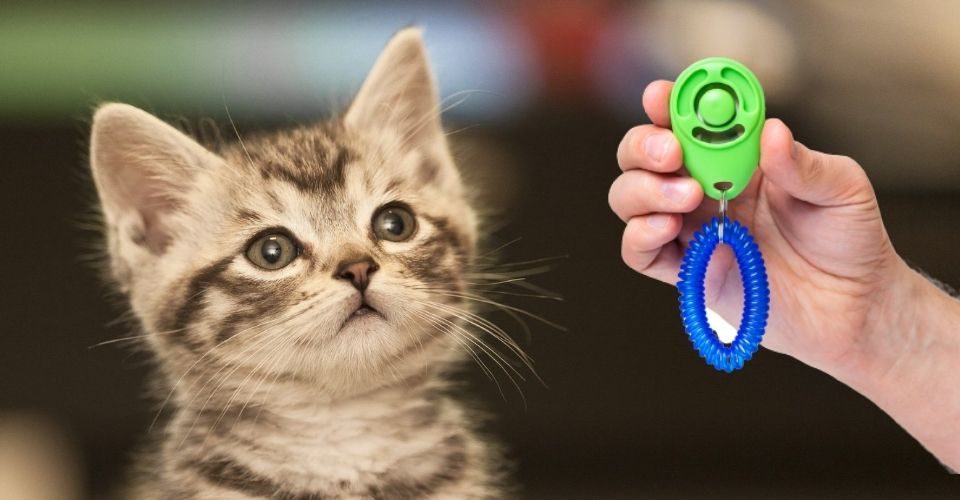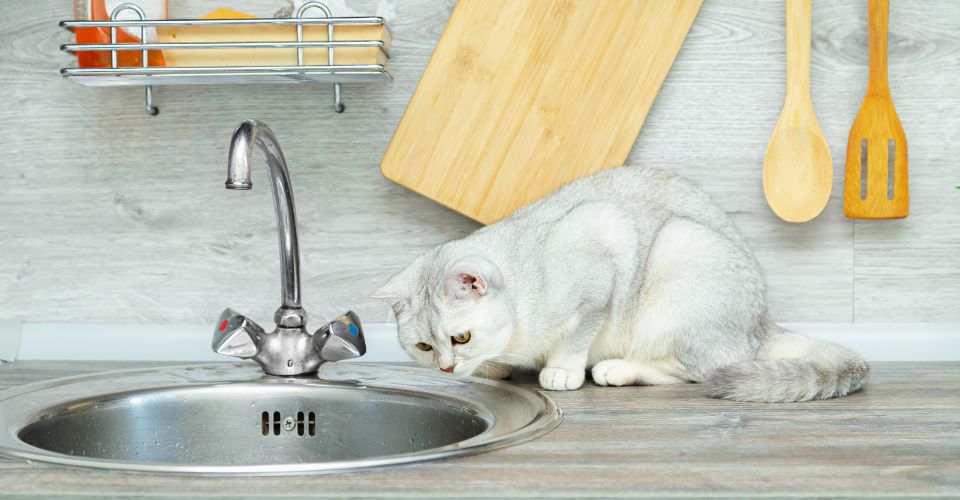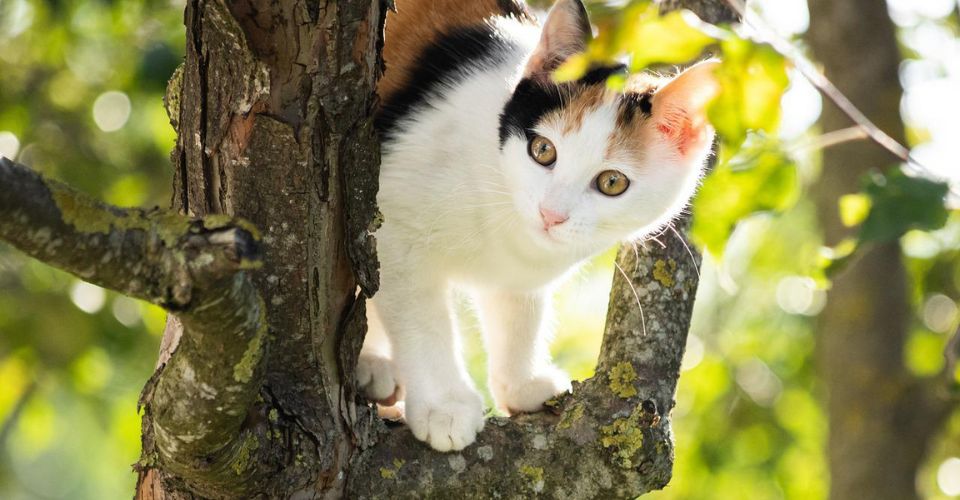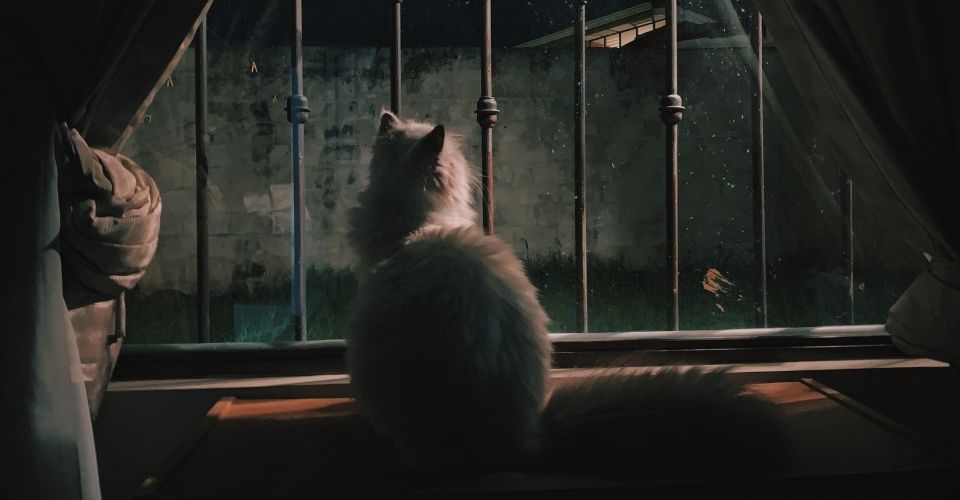It is wrongly believed that cats are “untrainable” creatures, but the truth is cats can be trained if the right training techniques are used. When it comes to clicker training, the only thing that pops up in most pet owners’ minds is clicker training for dogs, and many cat owners wish that clicker training for cats was also a thing.
Well, good news!
You can clicker train your cat. Yes, you read it right. Clicker training is a tried-and-tested cat training technique.
In this article, we are going to learn: What is clicker training—clicker training for cats? What do we need to click train a cat? And how to click train a cat?
What Is Clicker Training?
Clicker training is considered a sub-category of positive reinforcement training techniques. The only difference is that in clicker training for cats and other pets, a device named clicker is used. This device produces a clicking sound, which conveys to the cat “that’s right” (they are doing or have done what the desired behavior is). Soon after the clicking sound, the pet that is being trained is rewarded with an irresistible treat for cats.
In addition to offering irresistible treats, you can also reward your pet with petting or interactive playtime with toys. In these cases, when your cat performs the desired behavior, you click and pet her or let her play with her favorite toy.
The theory behind clicker training or positive reinforcement training is that when animals are rewarded for a behavior, they are most likely to repeat it to earn a delicious treat.
Pro Tip!
The clicker sound produced by the clicker must be associated with an immediate reward. So every time you click, you should reward your fur ball—give her a delicious treat, pet her, or let her play with her favorite toy.
Clicker Training for Cats
Clicker training can prove to be very effective in training cats. Whether you are trying to teach your cat her name, to sit, stay, or some other basic cat tricks, clickers and treats can go a long way.
What Do You Need to Clicker Train a Cat?
Like clicker training for dogs, clicker training for cats is pretty simple. To click train your cat, you need the following:
- A clicker—a cat clicker is different from a dog clicker
- Rewards
- Irresistible treats
- Cat toys
- Loads of patience
What if You Don’t Have a Clicker?
Well, worry not if you do not have a cat clicker, you can make a sound with your tongue, or maybe use a pen that produces a clicking sound. You can also use one-syllable words like “yes.” Any sound can work as long as you are using it regularly and consistently.
However, using a cat clicker is advised, as other sounds can be confusing for our feline friends. For instance, you are going to say yes in your routine life. If you say “yes” on the phone or while talking to a family member and your cat is around—she’d be expecting a treat. If she is doing something wrong, hearing you say yes, she may think you are okay with her behavior.
Clicker Training for Cats: How to Click Train a Cat?
To begin with the clicker training for cats, all you need is a clicker and a handful of treats—irresistible treats—that your cat will go crazy for.
Choosing a Treat for Cat Clicker Training
Different treats work well with different cats—while some cats go crazy for tuna, others find diced chicken more luring. Find whatever best captures your cat’s attention. If your cat is overweight or obese, you can use other rewards like cat toys, or petting, etc., to reward your cat for good behavior. You can also manage your cat’s overall diet to ensure no excessive caloric intake.
Pro Tip!
Chop treats into small pieces. The point is to give your cat a treat—it does not matter if it’s small or big. It will serve the purpose as long as a treat follows every click.
Introducing Clicker to Your Cat
Now that you have the clicker and a pocket full of delicious treats, it’s time to introduce your cat to the clicker. The goal here is to build an association between the clicking sound and a treat for your cat.
- Get your cat in a quiet space—free of distractions
- Click the clicker, and when your cat is drawn towards the clicker, toss her a treat immediately
- Repeat the process for few minutes as long as your cat seems interested
- You will know you have built the association between the clicking sound and treat when your cat starts looking at treats instead of clicker when it clicks
Some Clicker Rules!
- Click only once
- Immediately toss your cat a treat after clicking, even if you clicked accidentally
- Mind the absentmindedly clicking, put it away when the cat training session is over
- Do not hold the clicker too close to your cat’s face. Some skittish cats may find it intimidating, and others might focus on it instead of the treats
- If you have a sensitive cat and a clicking sound is throwing them off balance, you can try wrapping it with a handkerchief or put it in your pocket to make the sound softer.
Clicking the Desired Behaviors
Here, you have to identify a training goal and click when your cat is performing it. For instance, if you want to train your cat to sit. You can lure her into a sitting position by using a treat. Or simply, you can click and offer your cat a treat as soon as her rump touches the floor. Repeat this process several times until your cat seems to have ingrained that she is going to earn a reward if she sits.
Mind Cat Caloric Intake!
The sessions of clicker training for cats include a lot of treats. So if you do not manage your cat’s overall diet, she may grow obese.
Adding a Verbal Cue
Adding a verbal cue is a great way to get rid of the clicker with time. Suppose you want to teach your cat to sit, you can say the command “sit” as your cat is going into the sitting position. As your cat sits, you will click the clicker as usual. As your cat starts responding to your verbal cue, you can gradually fade out the clicker.
Clicker Training for Cats: Teaching Basic Skills
Clicker training can be used to teach your cat many of the basic as well as advanced skills. Let’s learn how to teach your cat some basic skills.
Short but Frequent Sessions are Better!
Cats have a very short attention span. So, if you want to get desired results from the clicker training for cats, you need to keep the training sessions short but frequent. You should always end training sessions with your cat wanting more of it.
How to Teach a Cat Its Name
Start by simply clicking and rewarding your cat when she is looking at you. Next, say your cat’s name in a firm but friendly voice and if she looks up, even for a nanosecond—you click and treat her. You can also try waving toys or treats in hand to entice your cat to look at you. You should call her name when she is playing with the toy and click and treat if she looks at you.
Teaching Cat to Sit
Sit is a basic command, and every cat should know when their owners ask her to sit. It is quite easier than you may think, but you will have to be patient and consistent.
Use a treat to lure your cat into a sitting position. First, make your cat sniff the treat until there is a magnetic attraction between your cat’s nose and the treat. You should position your hand above your cat’s head and move it back in an arc to lure your cat into a sitting position. As soon as your cat’s bum hits the floor, you click the clicker and offer your cat a treat. You can gradually move on to adding a verbal cue “sit.”
Teaching Cat to Lie Down
Training your cat to lie down is similar to training her to sit but with a different luring trajectory. Here, after letting your cat sniff the treat, you are supposed to slowly move it down closer to your cat’s chest to get her in a hunkered-over posture. Once there, move the food lure slowly away from the cat’s body, to make her slide her feet forward.
You should reward your cat if there was even little movement towards the desired behavior. Be patient, and your cat will get there. Once your fur ball is responding to the clicker, you can add the cue “down” or “lie down.” And gradually fade out the clicker.
Training Cat to Come When Called
Simply click and give your cat a treat when she looks at you or approaches you. You can also make your cat sniff the treat in your hand and bring it slowly closer to your face to have an eye connection with your cat. Once you have the momentary connection, give your cat her treat. Do not forget to click before giving your cat a treat.
Throw away a treat and wait for your cat to gobble it up and come back to you for more treats. As she turns around or starts marching towards you, you should click and toss her a treat. As your cat starts responding well to the clicker, you can add the cue “come.”
In the beginning, you can just say the command and click and toss your kitty a treat if she even turns to you for a moment. Later, you can expect her to take a few steps towards you to win the treat.
Clicker Training For Cats is Simple!
Lure—Click—Treat
Lure—Click—Treat
Repeat
Lure—Cue+Click—Treat
Lure—Cue+Click—Treat
Repeat
Lure—Cue—Treat
Lure—Cue—Treat





